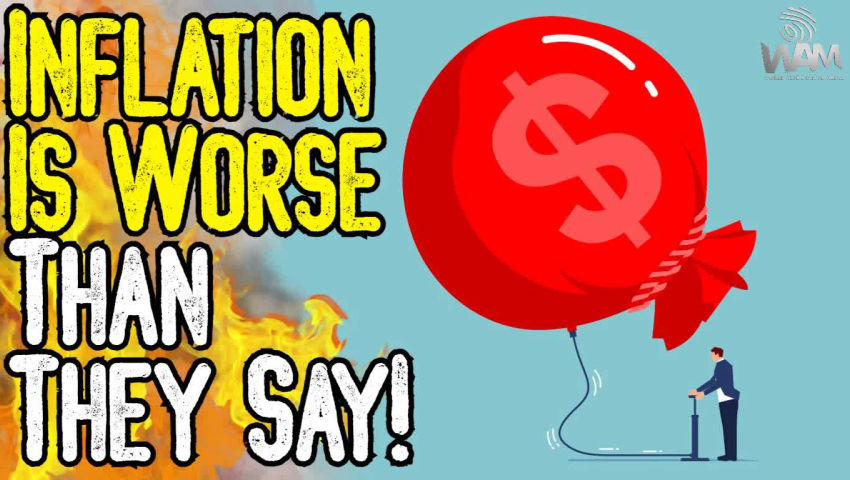Zombie Inflation
Corporate Earnings In a world where the market has a lot of negative news and uncertainty to digest, it’s important to stay focused on one of the biggest drivers of stock price movement: corporate earnings. A chart in this episode reveals the percentage of corporations beating earnings estimates in the second quarter of 2019. Also, on the far-right side of the chart, you will see that 77% of corporations exceed expectations. That’s above the average of 76.7%. As a portfolio committee, we review this chart on an ongoing basis to provide us and our clients with insight into the earnings beat rate for the companies that comprise the S&P 500 Index. As many investors may know, equity analysts often adjust their corporate earnings estimates higher or lower on an ongoing basis. While these estimates may provide insight into the expected financial performance of a given company, they are not guaranteed. From the second quarter of 2019 through the second quarter of this year, the average earnings beat rate for the companies that comprise the index was 76.7%. The percentage of companies in the index that reported higher-than-expected earnings increased over the past two quarters. We’ve seen the market follow suit with better performance. Corporate Earnings are coming in better-than-expected matters. However, the current quarter results in the chart shown reflect earnings results for 384 of the 503 companies that comprise the S&P 500 index and could change over the coming weeks, so we’ll continue to observe this. Inflation The most recent inflation report came in where it was expected. The headline inflation was 3.2%, slightly higher than last month’s 3%, and core inflation came in at 4.7% year-over-year, which is a 0.2% month-over-month gain. The trend is still down, which is where we want, so why does a slight tick-up pique our interest? And why did bond and interest rates go up after that slight tick-up even though most of the market feels like the Fed has beaten inflation? Well, our partners at Strategas dug through 2,100 years of economic data across 24 separate countries and found 62 instances where inflation was an issue for that country. Of those 62 inflation episodes, only eight didn’t see a peak, trough, and another hike. So, for those keeping track, that’s only 13% of instances across 2,100 years of economic data where inflation had come down and then stayed down and where inflation was beaten once and for all the first time. That’s why you hear Jerome Powell and the individuals in the Fed be more aggressive and keep interest rates high. They want to project strength. They are still focused on inflation even though we’ve come down from above 9% to now 3.2%. That is a great downward trend and better than what we expected, but this is where economics meets the road, and where economic data impacts consumers most directly is inflation. That’s why the Fed, the fiscal side of the market, is watching closely because this directly affects you as a consumer. If prices come down but start going back up, it will be hard to get that back under control. We’re watching this closely because the odds are not on our side. We don’t expect to see rates go down anytime soon, either. That’s really where we see consumers and borrowers being impacted. If the Fed is fighting this potential of higher rates again, they won’t bring it down to have to turn around and raise them again. They’d rather keep them steady. That’s why inflation is down 3.2%, the core at 4.7%, and the Fed Funds Rate at 5.5%. They want to stay well above the rate of inflation. The market doesn’t seem to price that in or expect it. In general, the market seemed shocked that the Feds told you they want to keep inflation down and will keep those rates high. Greg Powell, CIMA®<br /> Presi
















